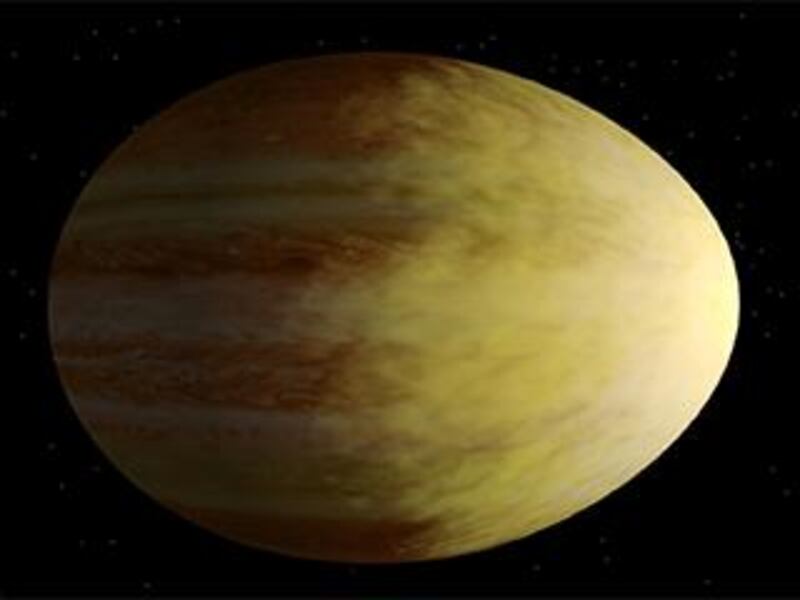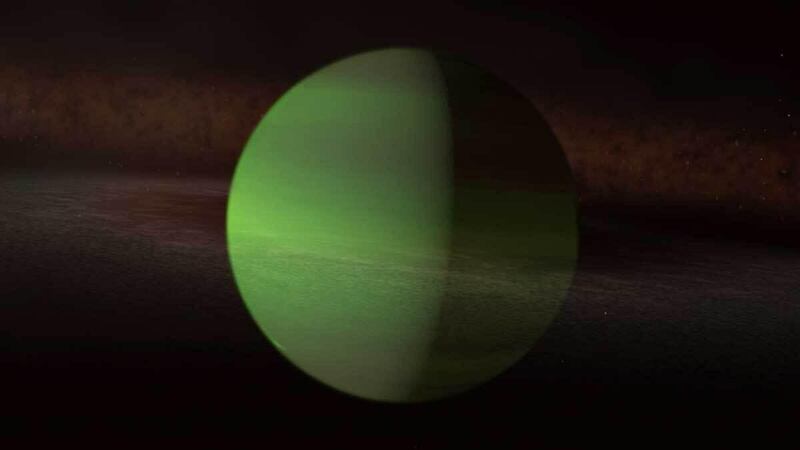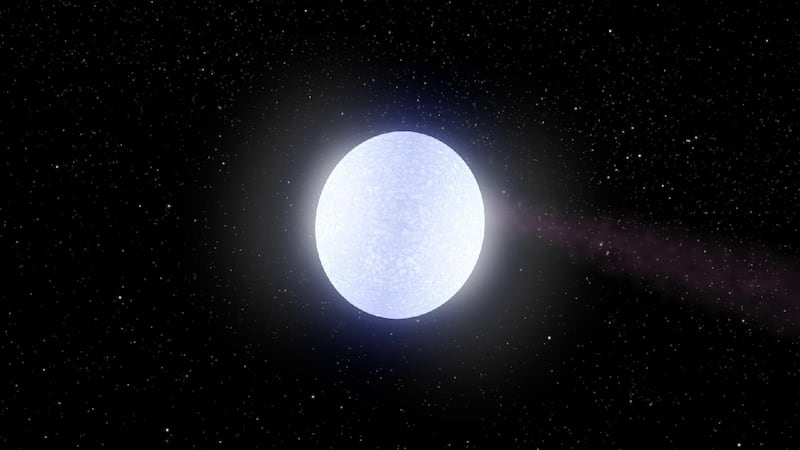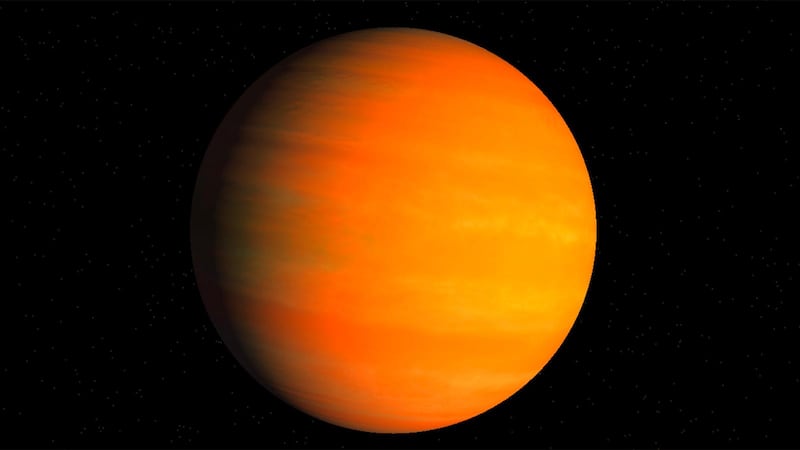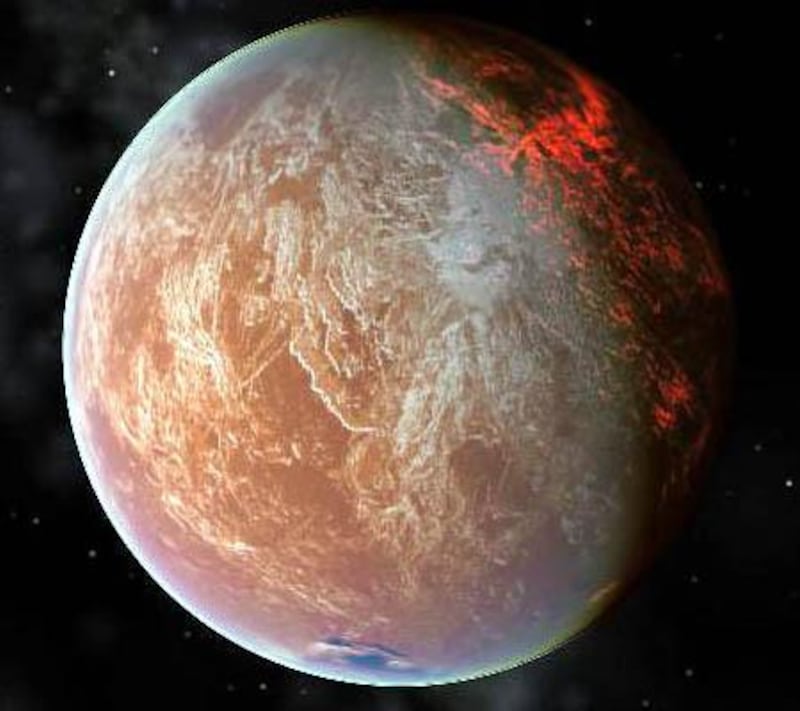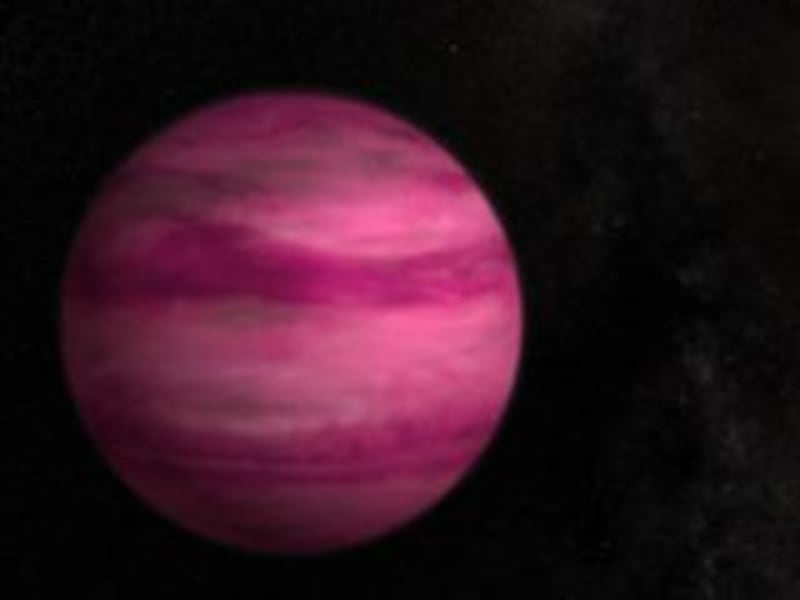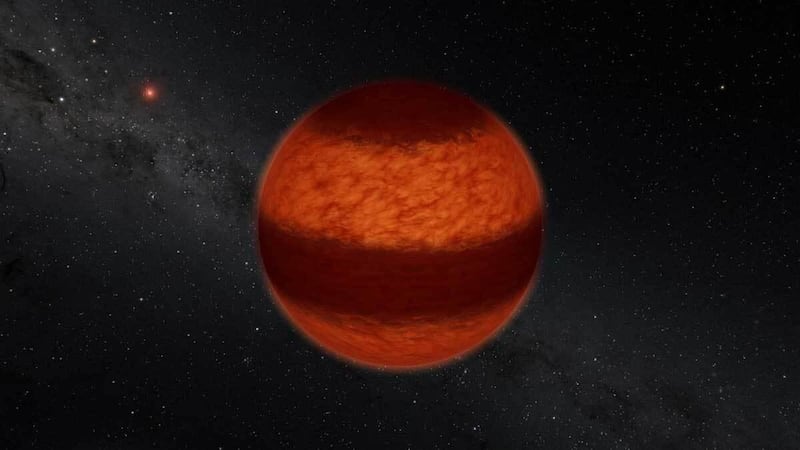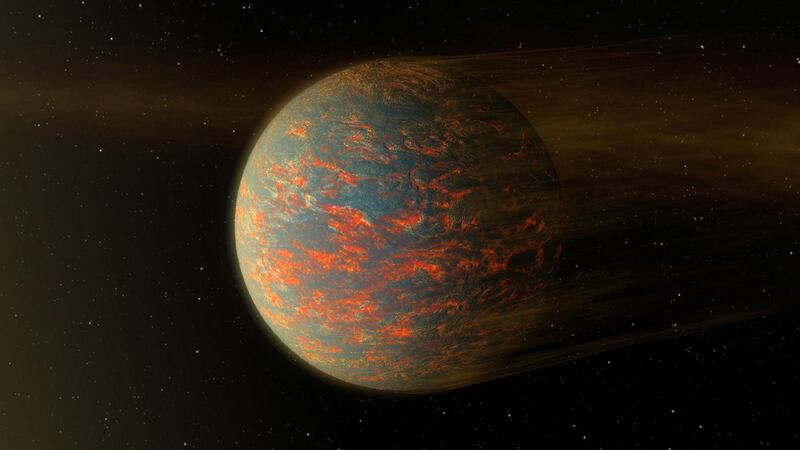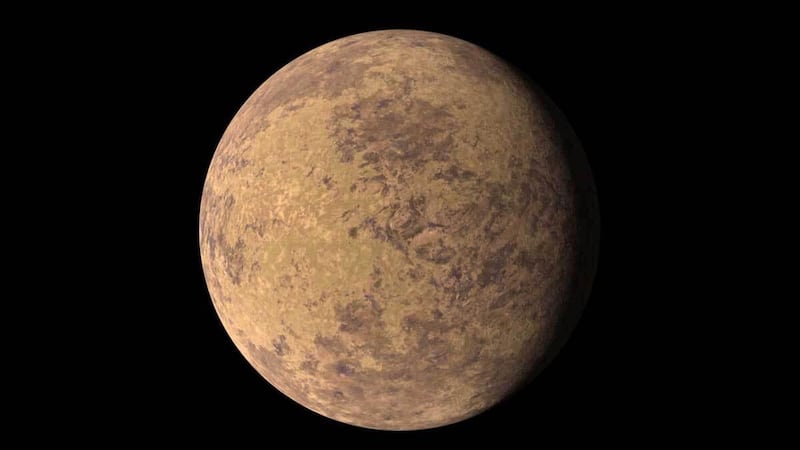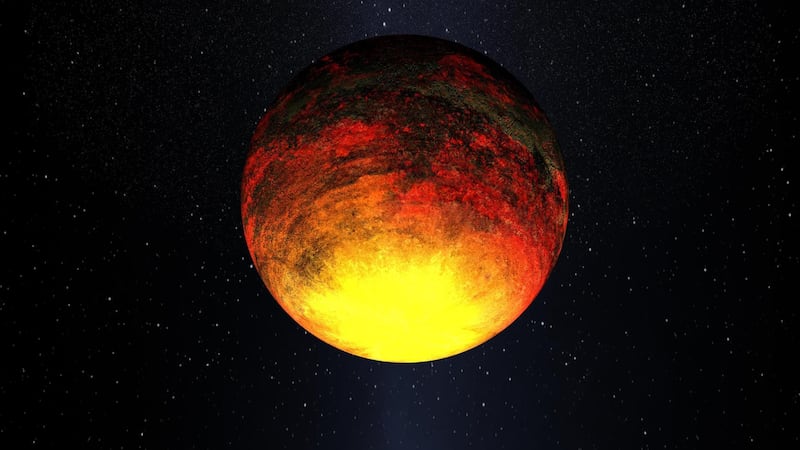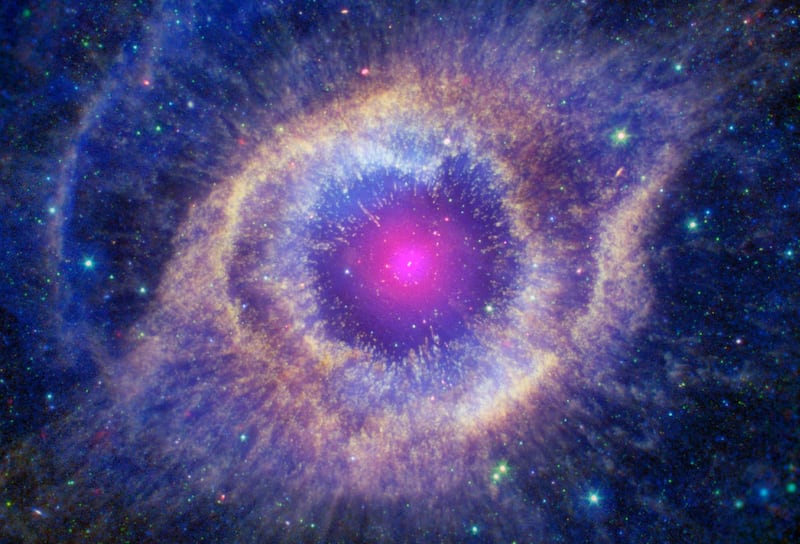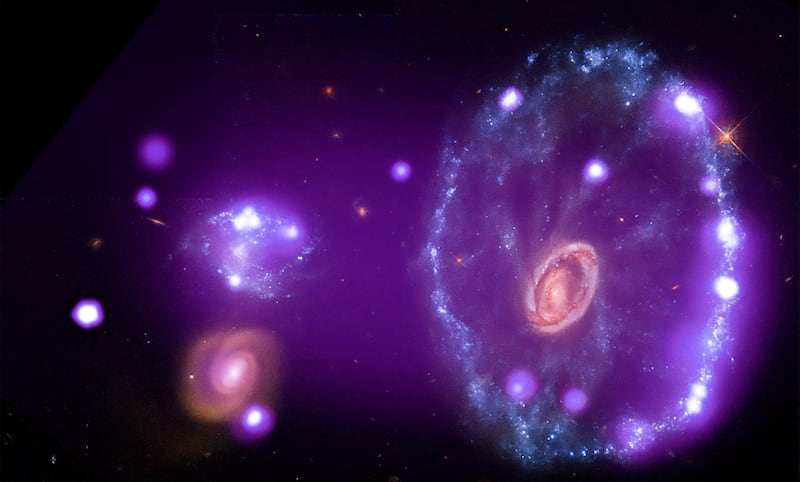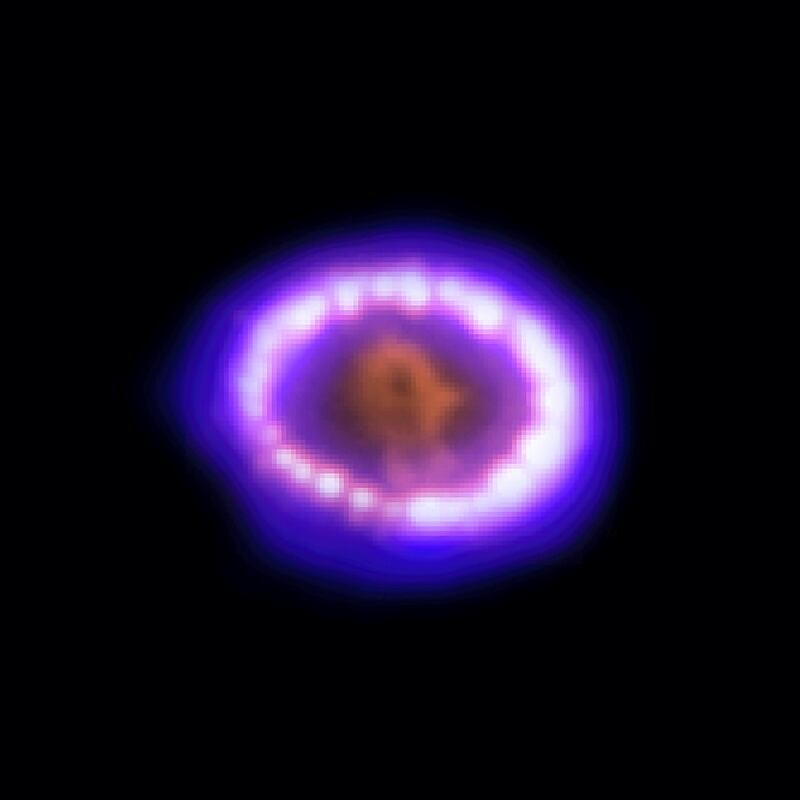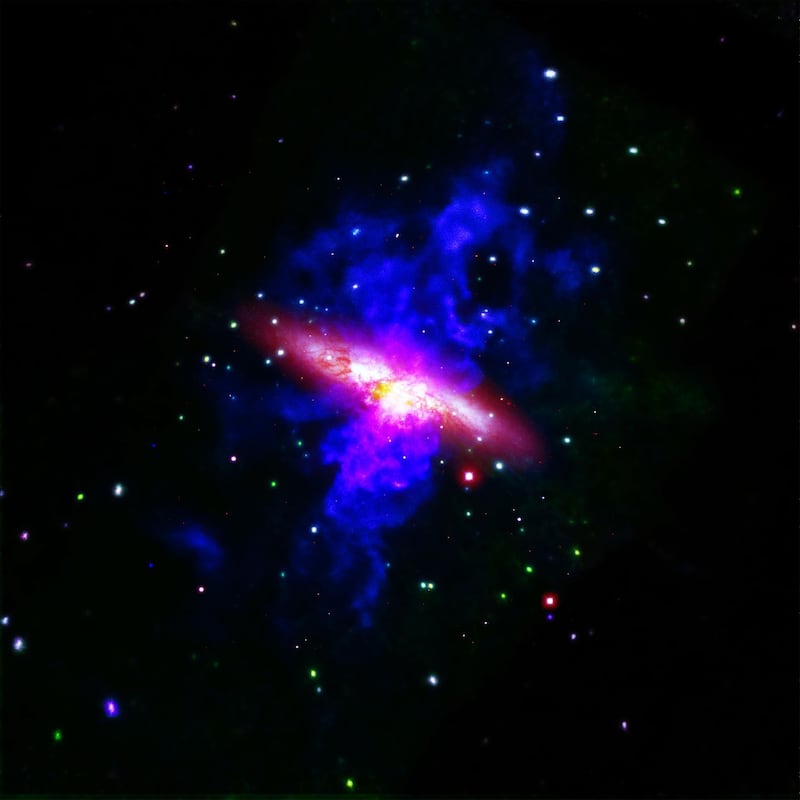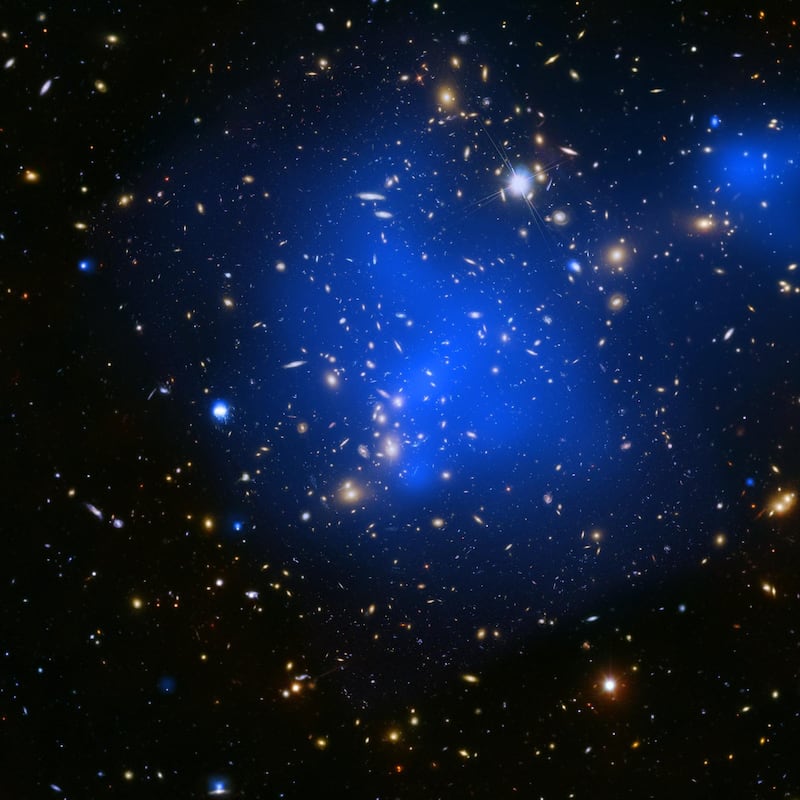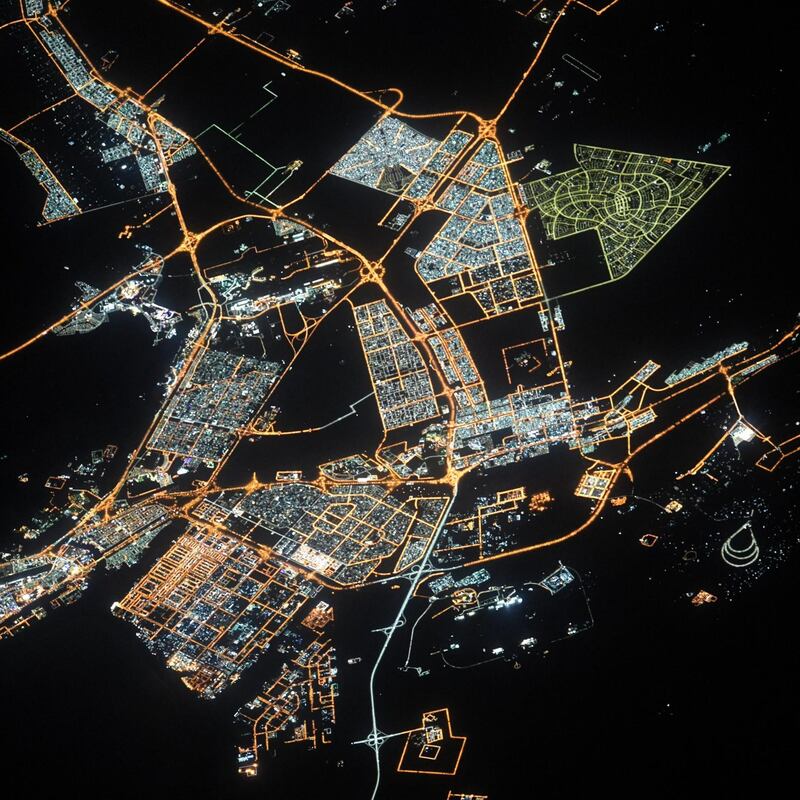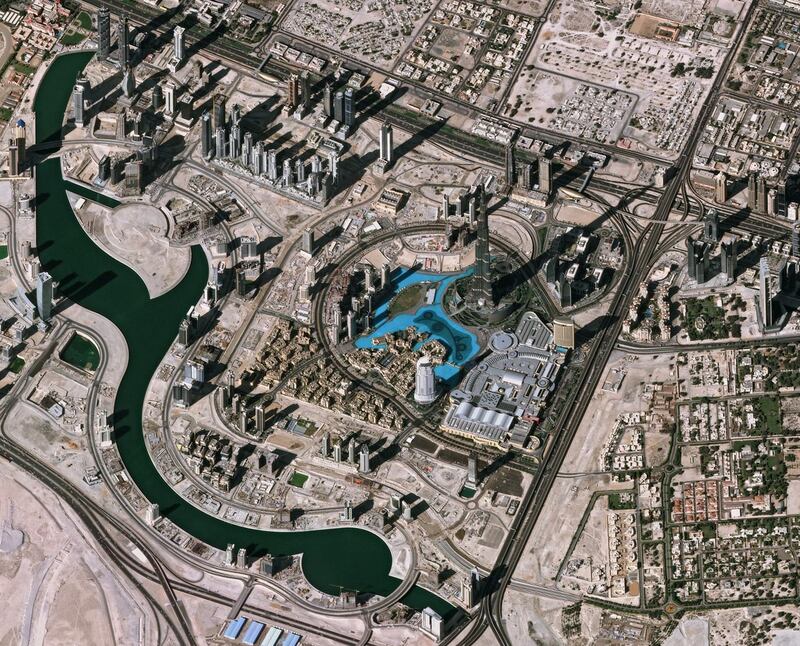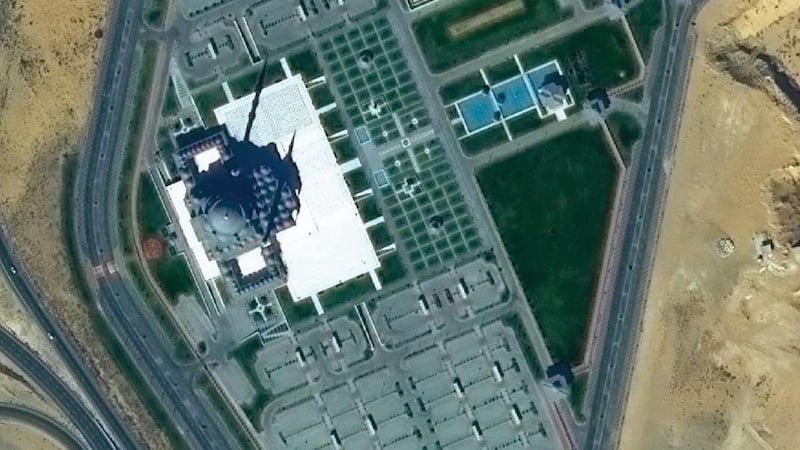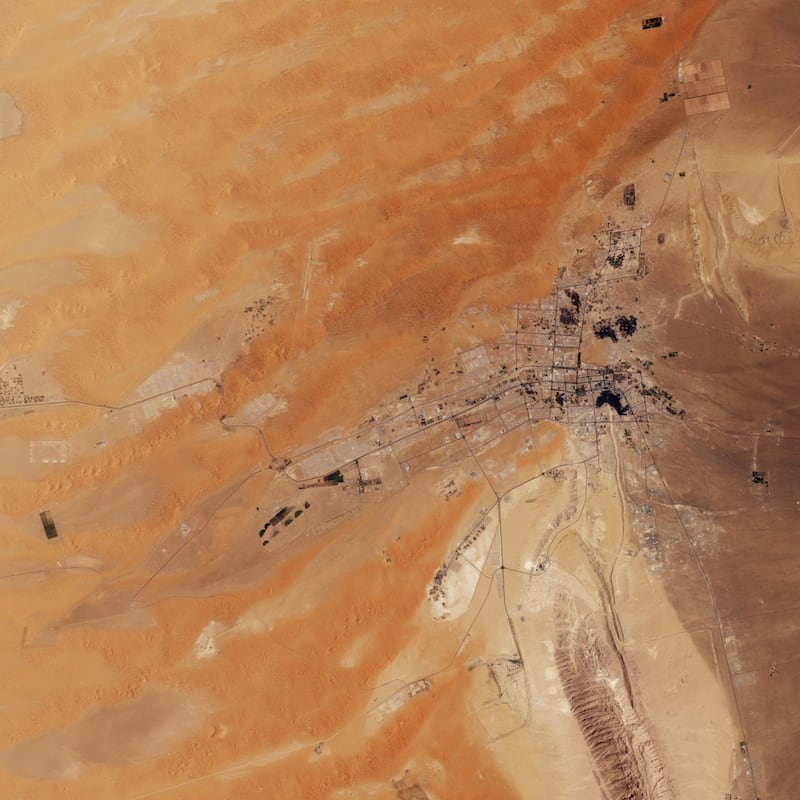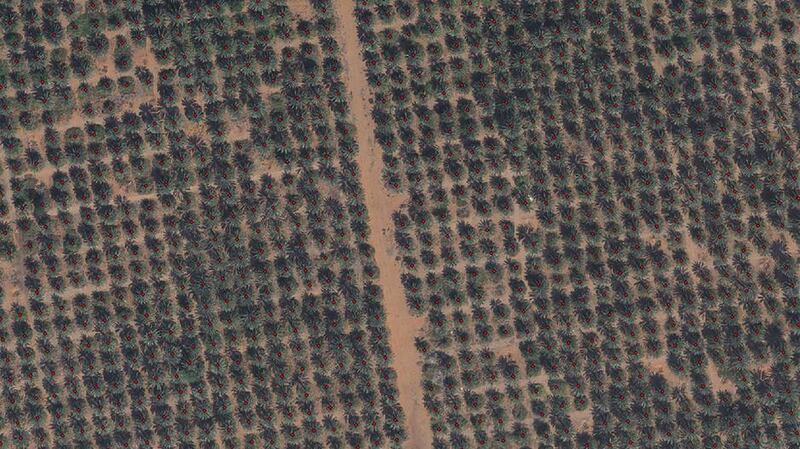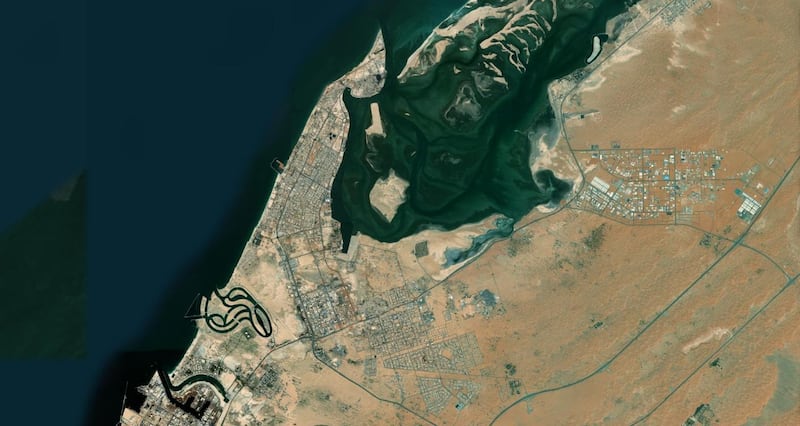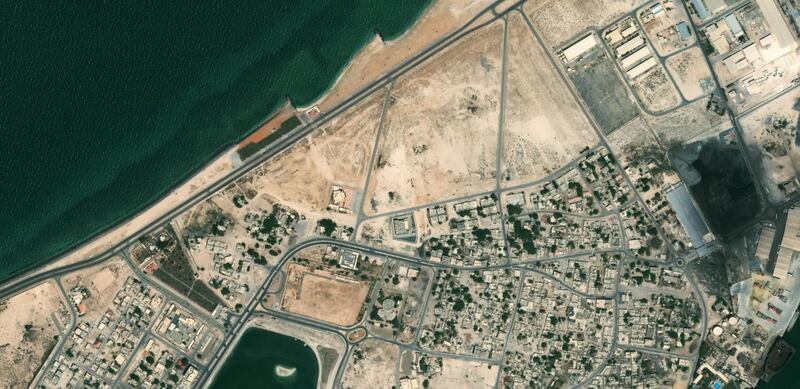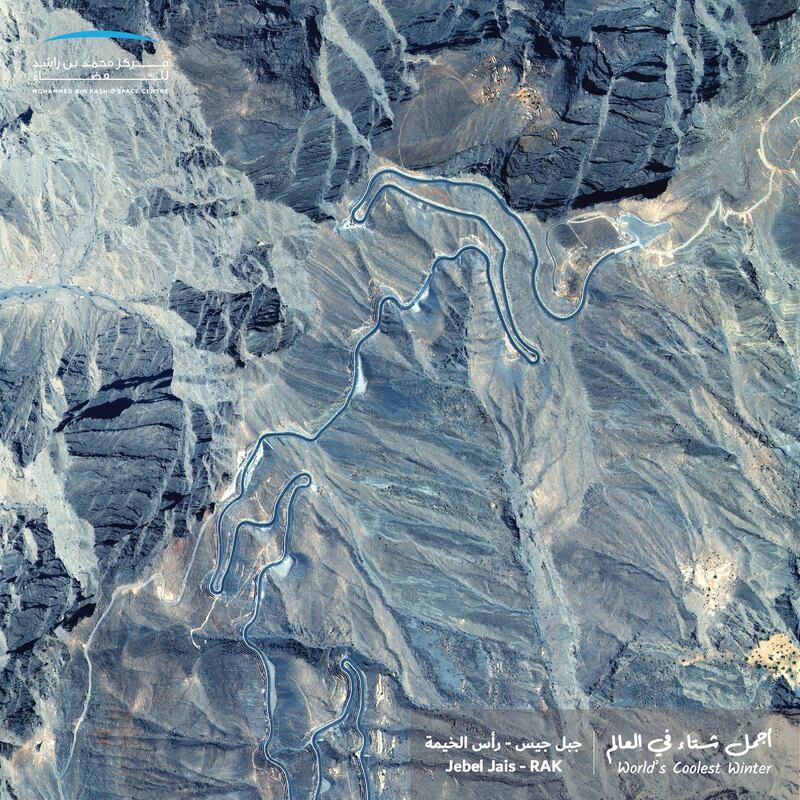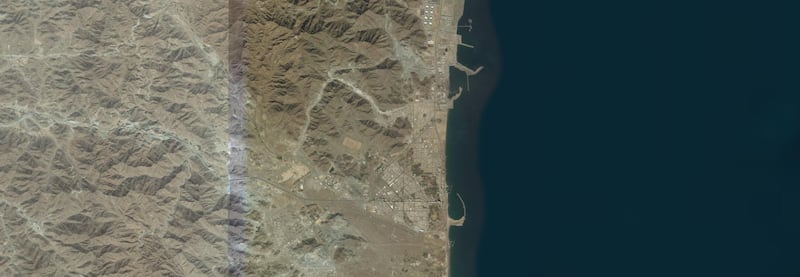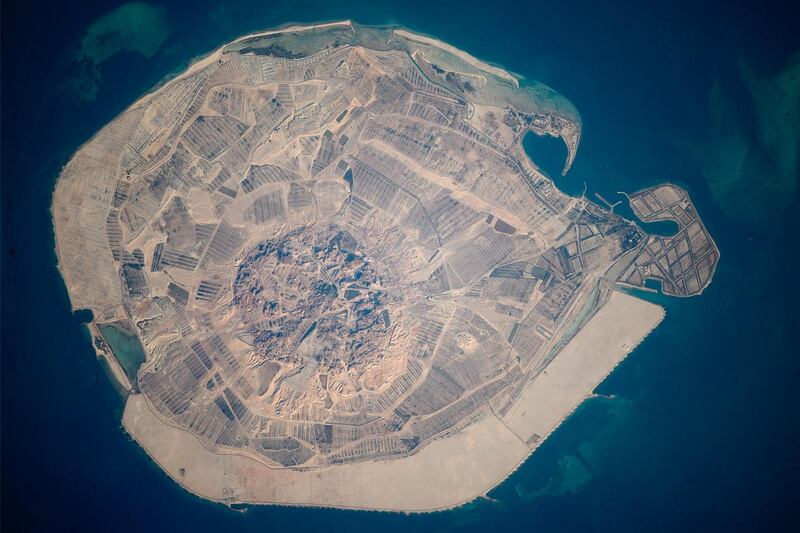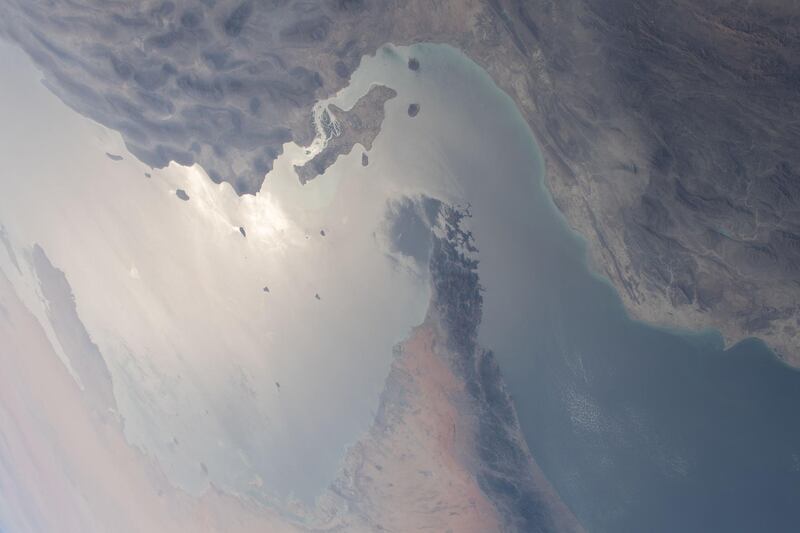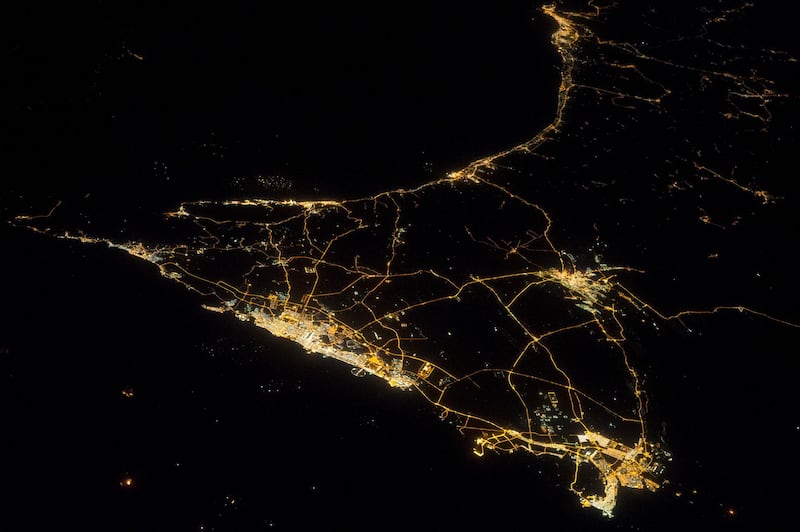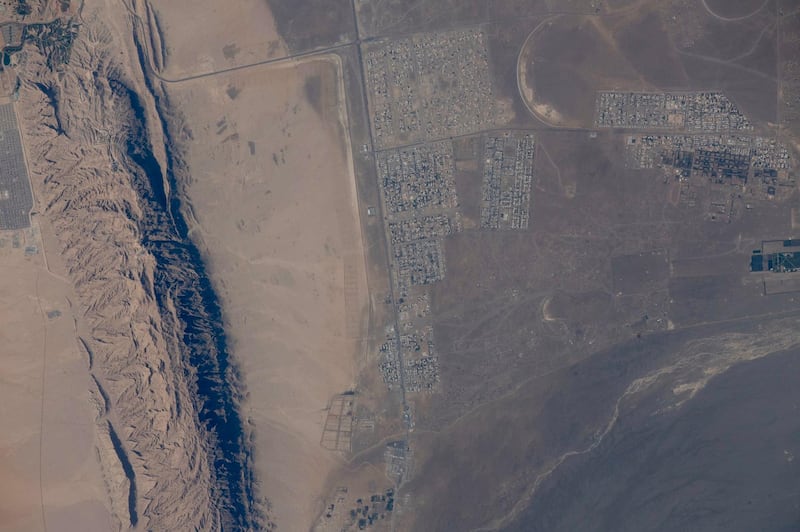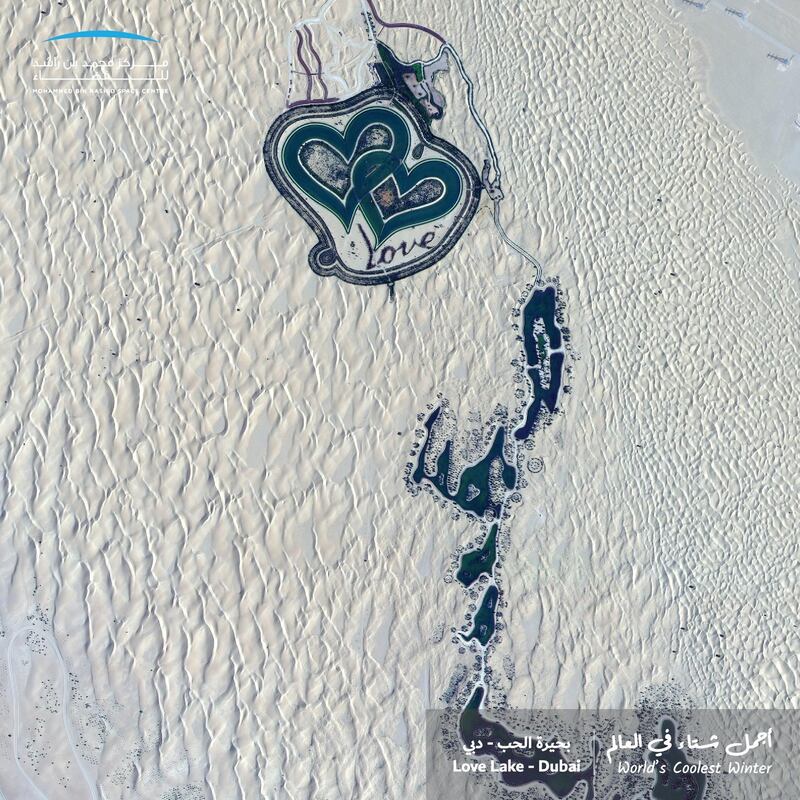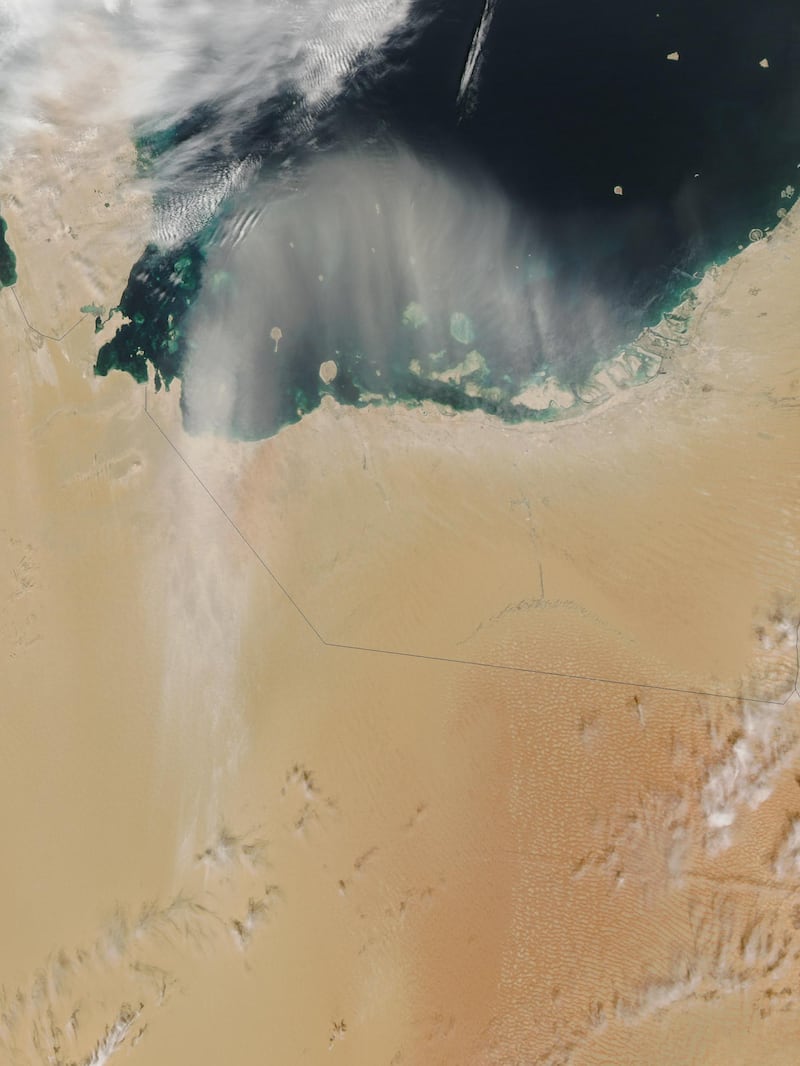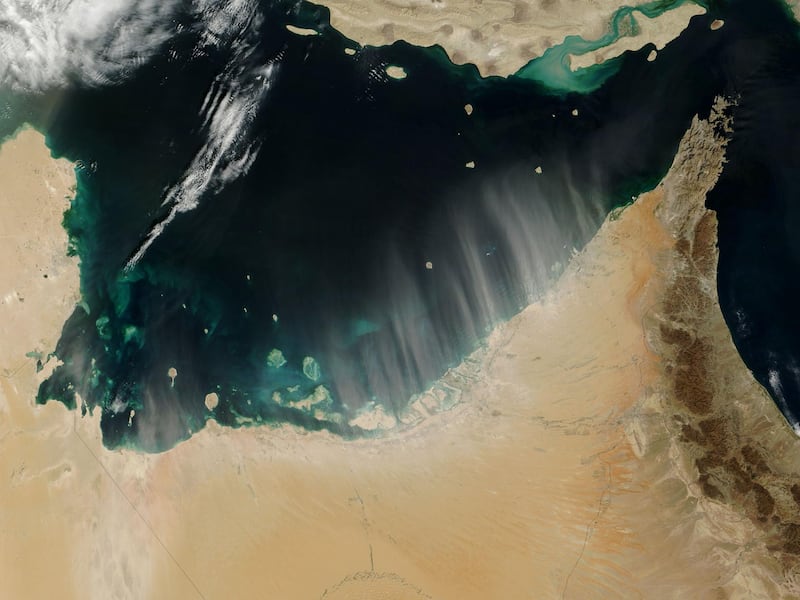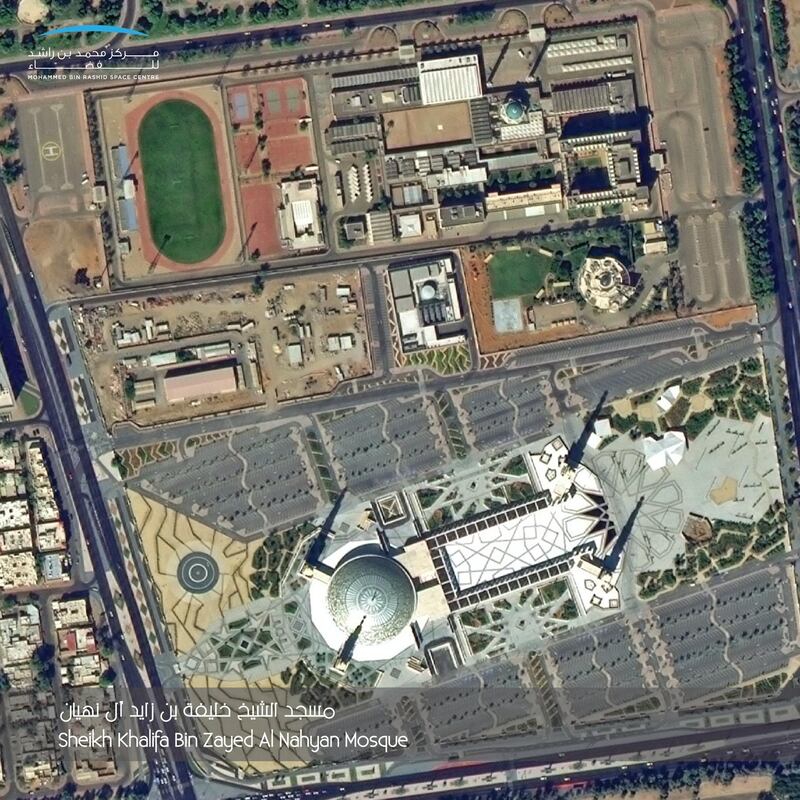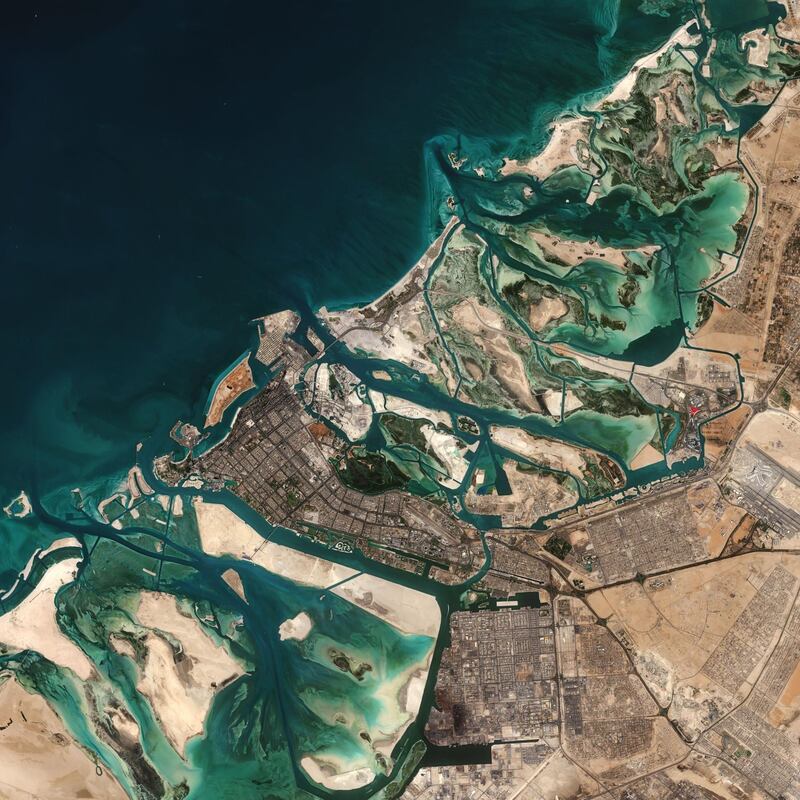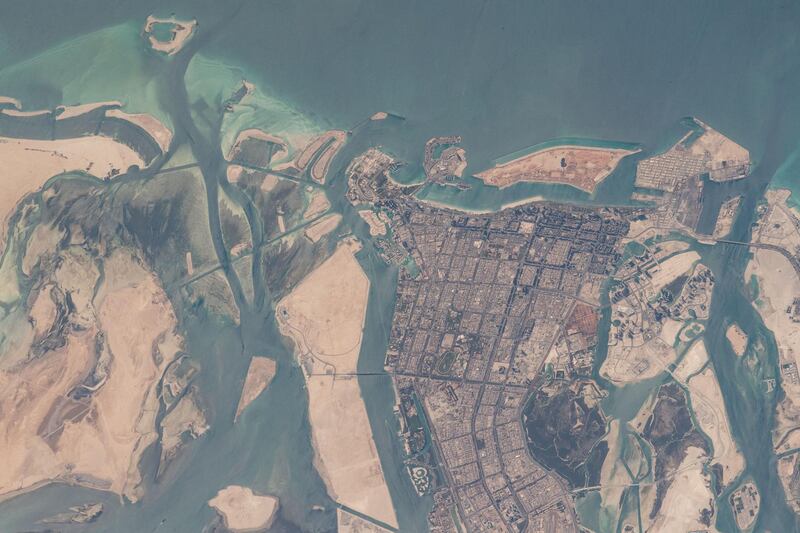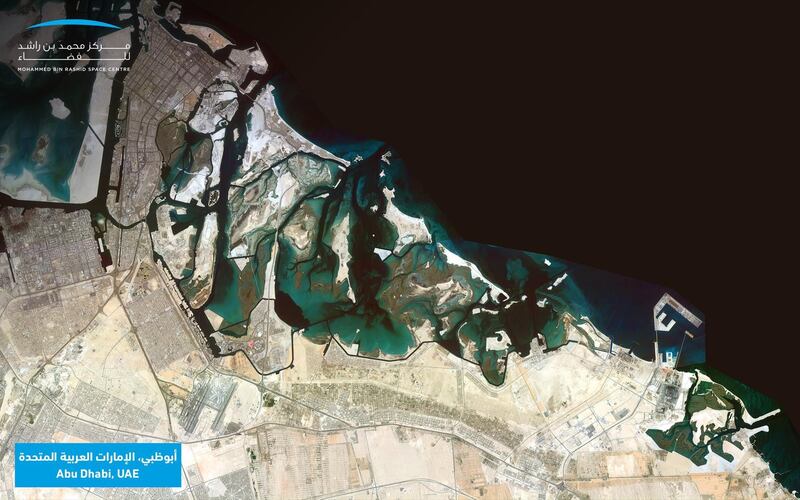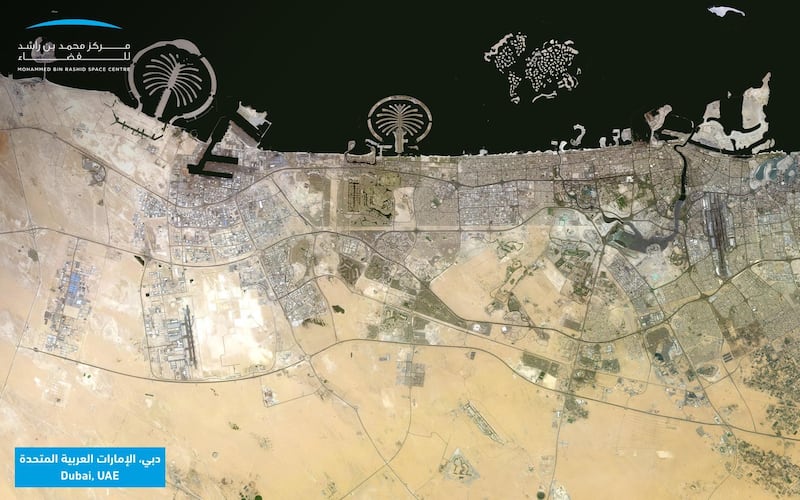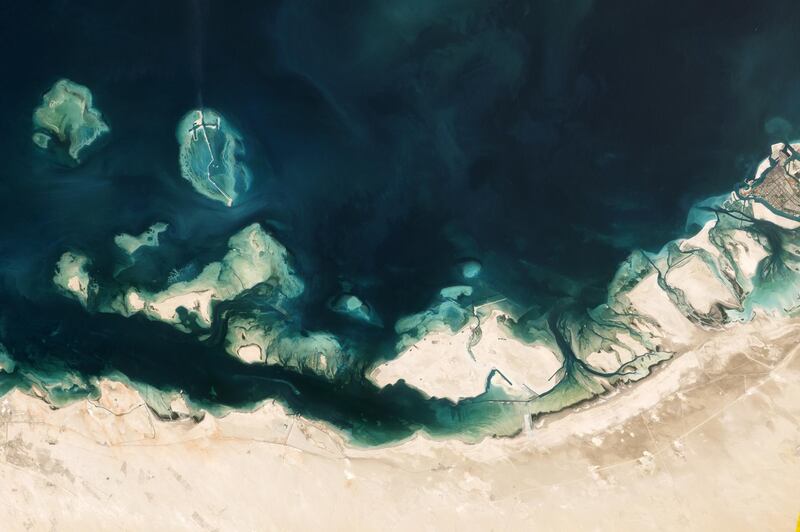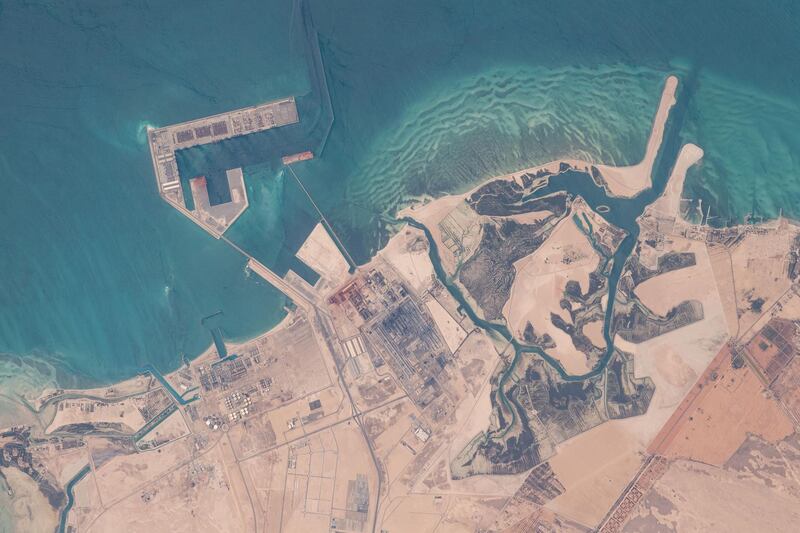Scientists have tried for decades to find planets that are similar to Earth.
And the requirements are pretty demanding: it would need to orbit a Sun-like star, but be at a safe distance – and just happen to have all the right ingredients for us to survive.
So far, Nasa has discovered of 4,401 exoplanets, planets beyond the solar system.
A few are believed to be Earth-like, while others have strange atmospheres or orbit deadly stars.
Since the first exoplanets were discovered in the 1990s, scientists have found planets with extreme temperatures, covered in molten seas, ones that are filled with water or ice, and worlds that have the density of Styrofoam.
"Now we live in a universe of exoplanets. The count of confirmed planets is in the thousands and rising – that's from only a small sampling of the galaxy as a whole," Nasa said.
“The count could rise to the tens of thousands within a decade, as we increase the number, and observing power, of robotic telescopes lofted into space.”
The Kepler space telescope and Hubble made most of these discoveries.
We've discovered thousands of exoplanets (planets beyond our solar system).
— NASA Exoplanets (@NASAExoplanets) June 3, 2021
🌋 Lava planets? ✅
🥚Egg-shaped worlds✅
☀️☀️Planets with multiple suns✅
⚫️Planets with no sun at all! ✅https://t.co/pU45zxCCp5 pic.twitter.com/XiuuK7Lq6n
But an astronomical revolution is expected with the launch of the James Webb Space Telescope in October, the world's most advanced space observatory. It will help astronomers study what the universe looked like millions of years ago.
The National highlights 10 strange worlds in the Milky Way galaxy discovered so far.
WASP-12 b: the ultimate Frankenstein creation
This planet will be destroyed by its parent star in 10 million years.
The star is so hot that it is tearing apart the planet’s atmosphere and the extreme gravity causes giant tidal forces that are stretching the planet into the shape of an egg.
Temperature on this planet is about 2,210°C.
Nasa calls this planet “the ultimate Frankenstein creation”.
"Relatively soon (10 million years – a fleeting moment in space time) this planet will be completely devoured by its hungry star. If you enjoy watching the world fall to pieces, then this planet is for you," the space agency said.
AU Microscopii b: tormented with deadly X-rays
This planet is constantly blasted with deadly X-rays and other radiation from its star.
"Located less than 32 light years from Earth, AU Microscopii is among the youngest planetary systems ever observed by astronomers, and its star throws vicious temper tantrums," Nasa said.
“This devilish young system holds planet AU Mic b captive inside a looming disc of ghostly dust and ceaselessly torments it with deadly blasts of X-rays and other radiation, thwarting any chance of life.”
The gas giant exoplanet takes 8.5 days to complete one orbit around its star. It was discovered in 2020.
NASA’s upcoming @NASARoman Space Telescope will see thousands of exploding stars called supernovae across vast stretches of time and space. Using these observations, astronomers aim to shine a light on several cosmic mysteries. https://t.co/iX7kdU7oW9 pic.twitter.com/CSds1neKrF
— NASA Exoplanets (@NASAExoplanets) May 28, 2021
KELT-9 b: scorching temperatures
Discovered in 2017, this exoplanet has a mass nearly three times greater than that of Jupiter, but is only half as dense as the planet.
It has a dayside temperature of more than 4,315°C and orbits a star that is almost twice as large and hot as the Sun, which blasts the planet with high levels of ultraviolet radiation.
The planet takes 1.5 days to complete an orbit around its star.
Kepler 16 b: planet with a cool star
Composed mostly of rock, this planet was the first one discovered by the Kepler telescope to orbit two stars.
It is about the size of Saturn and lies in a habitable zone, where liquid water could exist, according to Nasa.
Discovered in 2011, the planet orbits stars that are cooler than the Sun.
One year on the planet is 228.8 days.
PSR B1257+12 b: ‘creepy’
Discovered in 1994, this planet is described by scientists as “one of the creepiest ones”.
It orbits a pulsar – a rapidly rotating neutron star, which is the dense core of a massive star that exploded.
The planet, like any other that orbits a pulsar, is inhospitable and is bombarded with constant radiation from its star.
It completes one orbit around its star in 25.3 days.
GJ 504 b: the glowing planet
Four times bigger than Jupiter, this planet is 57 light years from Earth.
Nasa reports that this world is still glowing from the heat of its formation and its colour would appear as a dull magenta.
It is one of the lowest-mass exoplanets yet discovered and has a temperature of about 237°C.
The planet orbits a star that is about 160 million years old.
It takes 259.9 years for the planet to complete one full circle around its star.
TYC 8998-760-1 b: a mysterious world
This planet formed so recently its powerful glow can be detected by ground-based telescope.
Its star is about 17 million years old, which is considered young in astronomy.
Nasa classifies this planet as a brown dwarf, meaning it is considered neither a star nor a planet.
Brown dwarfs are mysterious worlds, with many unanswered questions about their properties and appearance, the space agency said.
“They're too massive to be planets, but not quite massive enough to be stars.”
Temperature on the planet's surface reaches about 1,400°C . Its companion planet, TYC 8998-760-1 c, was discovered in 2020.
It completes one orbit around its star in 2,063.1 years.
55 Cancri e: a lava planet
This lava world orbits a star that is similar to the Sun.
However, the planet’s surface is uninhabitable because it is covered in molten lava. The sky in this world sparkles when the surface lava reflects on the dark side of the planet. Only one side of the planet faces the star, the other is completely dark.
Discovered in 2004, the planet completes one full orbit around its star in 0.7 days.
TOI-849 b: ‘every day is a bad day on this planet’
Discovered in 2020, this planet’s atmosphere is being stripped away because it is so close to its parent star.
It is 40 times the mass of Earth and has little or no atmosphere.
"Every day is a bad day on planet TOI 849 b. About half the mass of our own Saturn, this planet orbits a Sun-like star more than 700 light years from Earth," Nasa said.
“It hugs its star so tightly that a year – one trip around the star – takes less than a day.”
Surface temperature on the planet is about 1,500°C.
Kepler-10 b: hotter than lava on Earth
This is another lava world that orbits too closely to its star.
Daytime temperature on this planet is more than 1,371°C – hotter than the lava on Earth.
It is a rocky planet 1.4 times the size of our planet.
